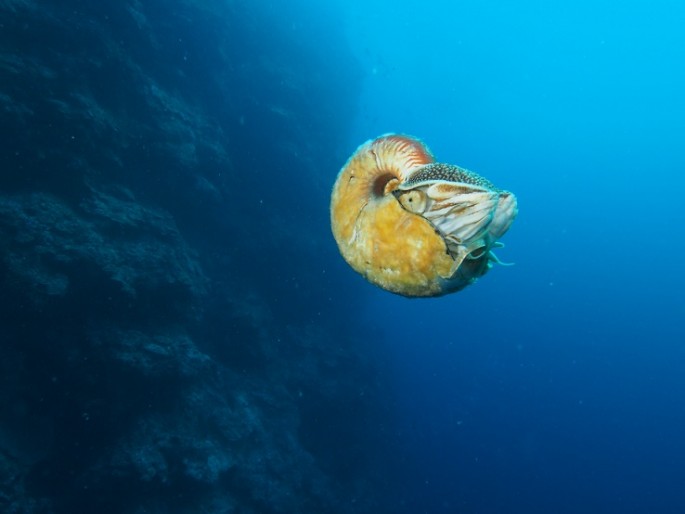Some more than 30 years ago, a biologist discovered a new species of nautilus dwelling near the coast of Papua New Guinea where he finally got the chance to see this extremely rare sea creature once more.
This bizarre and rare sea creature is called the Allonautilus scrobiculatus which is a special species of nautilus that is a close cousin of squids and cuttlefish. The nautilus can be described as possessing a distinct spiral shell where their heads and tentacles jut out of them as they skim the warm tropical sea floor.
Apart from this, the nautilus also develops some weird, furry, slimy material around their shell in order to make it slippery for would-be predators' teeth, according to Peter Ward who is a biologist from the University of Washington.
This once in a lifetime chance of being able to observe the Allonautilus again occurred when Ward and his team had set up some bait below hundreds of feet under the ocean along with a camera to monitor the seafloor environment. Luckily, two species of the elusive species appeared and then a sunfish disrupted the shy nautiluses away from a food source.
The first time Ward has identified the Allonautilus was in 1984 along with colleague Bruce Saunders from Bryn Mawr College where Saunders had spotted it in 1986 again which was the last recorded sighting ever since.
Ward believes that the creatures dwell only near this tiny island and could be the rarest animal on the planet.
Last July, some of the creatures were captured and was brought back to the surface for further observations for a temporary time with utmost care since the nautiluses are very sensitive to varying heat temperatures.
Apart from being extremely rare, these cephalopods can be considered as living fossils since they are only comparable to sea animals that once lived some 500 million years ago. This means that these creatures existed from the dawn of dinosaurs to the extinction of dinosaurs but overfishing can become a serious threat to these ancient living sea creatures.
Ward also says that overfishing or nautilus mining can cause their extinction where it is crucial to protect them since they have already survived two mass extinctions from over 500 million years of existence.



























